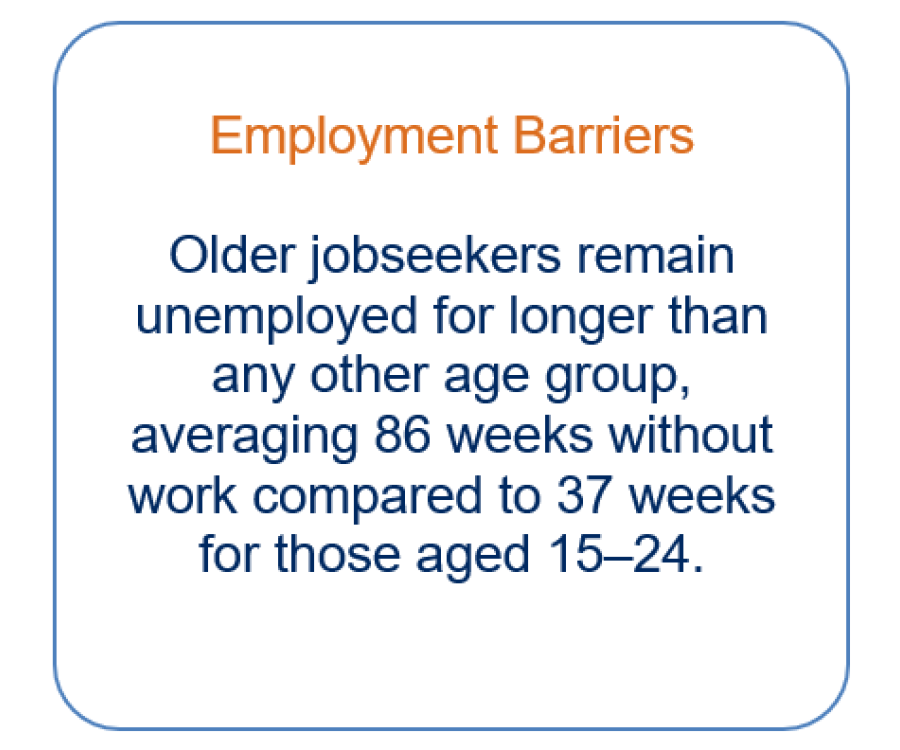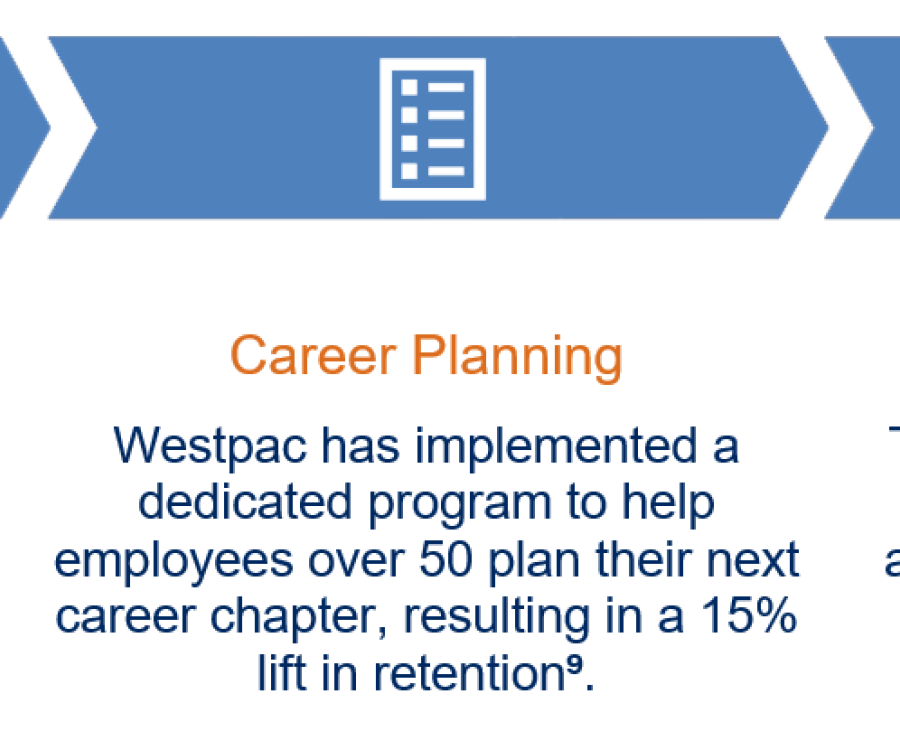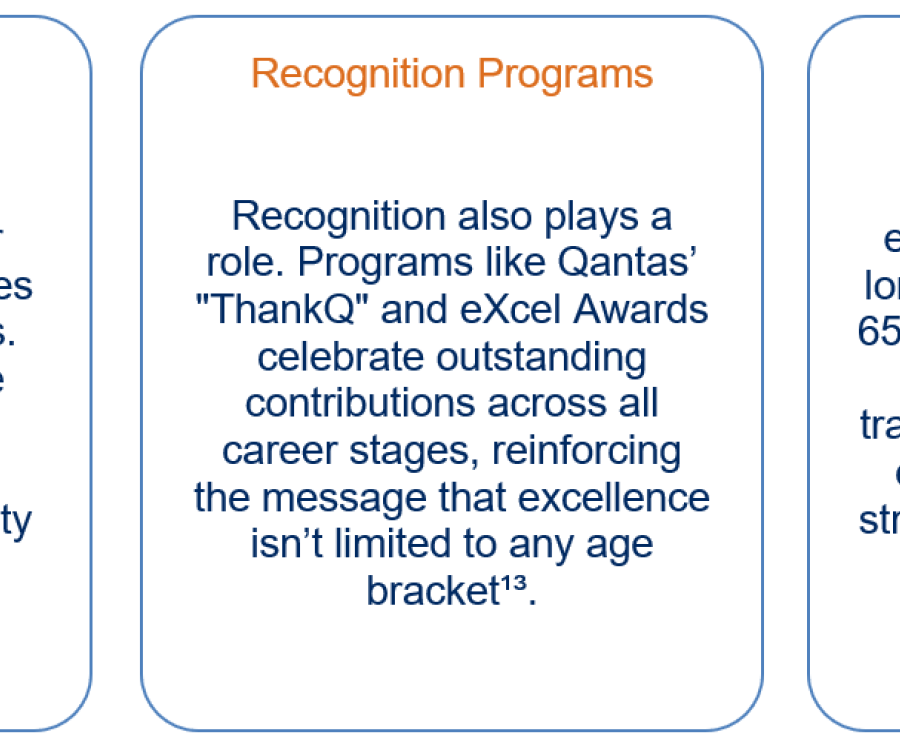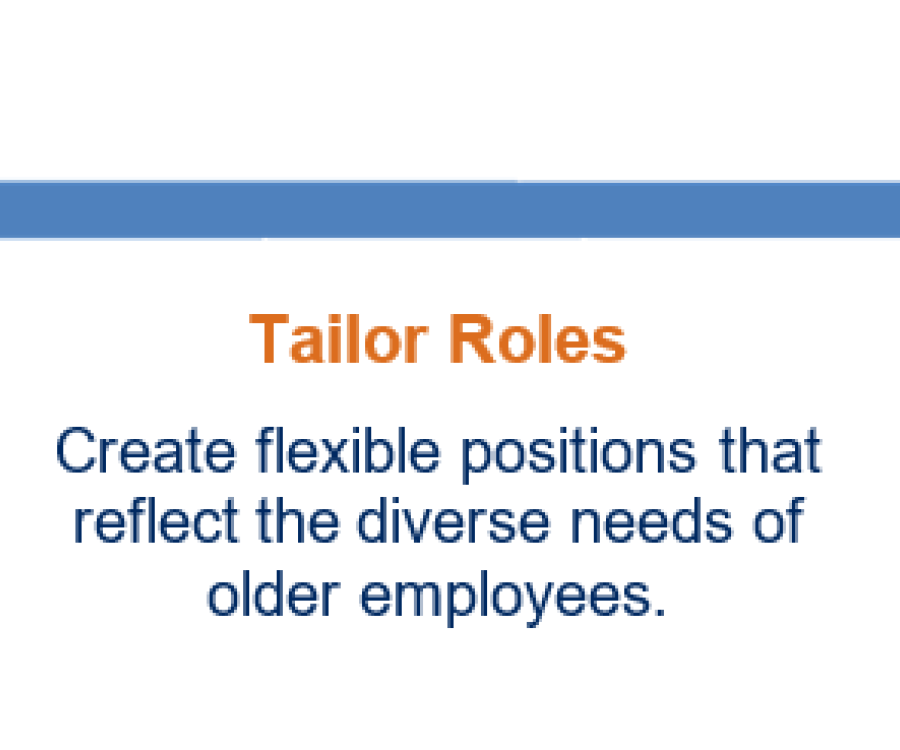Experience Counts: Why Age-Inclusive Workforces gives Australian Businesses a Strategic Edge
For years, Australia’s workforce has been undergoing a quiet transformation. Between 1991 and 2021, the share of workers aged 55 and over, more than doubled, from 9% to 19%¹. What was once a long-term demographic trend, has now accelerated into a pressing workforce reality. In the wake of the pandemic, a notable number of older Australians have returned to the labour market. Approximately 40% of new entrants since 2019 are over 55, with Sydney experiencing even higher figures².
This “un-retirement” movement has caught many organisations by surprise. While HR teams scramble to fill skills gaps and navigate widespread labour shortages, a critical question arises - are businesses truly capitalising on the value of mature-age talent?
The Untapped Potential of Older Workers

This disconnect presents a dual risk: organisations miss out on experienced talent, while older Australians are denied the opportunity to remain engaged in the workforce.
Still, where businesses embrace age diversity, the benefits are measurable. Studies have shown that age-diverse teams are more effective at problem-solving and tend to be more innovative⁵. Retention is also stronger, older employees are less likely to switch jobs frequently, which reduces hiring and onboarding costs⁶. But despite this, progress remains slow. While older workers represent approximately a fifth of the workforce, they account for just 4% of employment growth in the most recent year⁷.
Rethinking the Workplace: Inclusion Beyond Compliance
So, what does it take to truly engage mature-age employees? It starts with a mindset shift, away from viewing age as a limitation and toward recognising it as a strategic asset. Australian businesses such as Westpac, Bunnings, and Qantas are beginning to lead the way, not with token gestures, but through considered, organisation-wide approaches.

What ties these initiatives together is a commitment to treating older workers not as legacy staff, but as integral contributors to future success.
Designing Support That Reflects Real-Life Needs
One of the most effective levers for engaging older workers is flexibility, not only in hours, but in how careers evolve. The rise of remote and hybrid work has been a notable change for both employers and employees. It is no coincidence that the post-COVID return of older Australians to the workforce has coincided with an expansion of flexible work options².
Unilever’s four-day work week trial in Australia is a case in point. The program, which allowed staff to work 80% of their hours at 100% of their pay, delivered strong outcomes across the board, but was particularly valued by mature-age employees, who reported improved work-life balance and higher job satisfaction¹⁰.
These kinds of arrangements do more than support wellbeing; they create room for older workers to remain engaged while managing other responsibilities, such as caring for ageing parents or managing chronic health conditions.
Similarly, offering phased retirement or mentoring roles can extend careers and improve knowledge transfer. At Qantas, long-serving engineers and pilots are supported to step into instructor or training roles as they near retirement, helping preserve operational continuity while recognising the value of experience¹¹.
Making Age Inclusion part of the Culture
Embedding age inclusivity requires more than good policy, it calls for culture change. This means designing roles, leadership pipelines, and teams that reflect the reality of a multigenerational workforce.

Turning Strategy into Advantage
The broader case for age inclusion is no longer speculative; it is supported by data. Older employees are more dependable, with lower absenteeism and turnover rates⁶. They bring stability to workforces, and their accumulated experience helps businesses anticipate challenges, particularly in sectors facing technical or operational risks.
The macroeconomic argument is just as compelling. With over 439,000 job vacancies recorded across Australia in early 2023¹⁴, retaining experienced workers is a practical workforce strategy. Mature-age staff can also fill interim roles and function as bridges during periods of organisational change.
More importantly, organisations that actively support older workers are sending a strong message to their teams, their customers and the wider market, that experience matters. According to employer branding research, businesses like Qantas that embrace inclusivity, consistently rank among Australia’s most desirable employers¹⁵.
A Call to Action for HR
The ageing of Australia’s workforce is not a temporary blip; it is a long-term shift. HR leaders who ignore this reality risk being left behind.

When older workers thrive, organisations do too. And in a labour market where skills are in short supply and experience is at a premium, there are few strategies more forward-thinking than making age inclusion a priority.

